The newest registered user is Menupanda
Our users have posted a total of 44848 messages in 6607 subjects

WORLD CLOCK
NAT GEO * You can now listen to an eclipse *
Valley of the Sun Casual Club :: WORDS , FACTS , DATES , GAMES & TRIVIA & HISTORY :: NATIONAL GEOGRAPHIC
 NAT GEO * You can now listen to an eclipse *
NAT GEO * You can now listen to an eclipse *

The LightSound from Harvard University Astronomy Lab allows users to hear the stages of a total solar eclipse, like this one from 2008 seen in Siberia, Russia.
PHOTOGRAPH BY BABAK TAFRESHI, NAT GEO IMAGE COLLECTION
BYSTEPHANIE VERMILLION
PUBLISHED JANUARY 26, 2024
• 5 MIN READ
On April 8, 2024, North American sky-gazers will experience one of the decade’s most buzzed-about interstellar events: a total solar eclipse. During this event, the moon will slide between Earth and the sun, turning day into eerie dusk along a roughly 100-mile-wide ribbon of North America, known as the path of totality.
(What is a solar eclipse—and when is the next one?)
Casting a shadow from Mazatlán, Mexico, to Canada’s Maritime Provinces, the eclipse is predicted to be among the most watched of all time. In the United States alone, over 31 million people reside along the path of totality, which spans 13 states from Texas to Maine; as many as three million may travel to watch it. And for the first time on a large scale, people with visual impairments will be able to experience it, too—by listening.
A team at the Harvard University Astronomy Lab has developed LightSound, a smartphone-sized device that translates ambient brightness into sound. The piping of a flute represents bright daylight, while a clarinet indicates the eclipse’s gradual dimming effect. Soft clicks mark the fleeting few minutes of totality, when the moon completely blocks all but the sun’s fiery outer atmosphere, known as the corona.
These quiet sounds are designed to complement, not detract from, the multisensory event. “You want to experience your surroundings,” says Harvard astronomy lab manager and eclipse chaser Allyson Bieryla. During totality, observers can feel the temperature drop; some may hear unexpected creatures, such as owls or crickets—not to mention emotional crowd reactions. “Some people start cheering, others are crying,” says Bieryla.
[size=14]The LightSound device uses sonification to translate ambient brightness to sound.
PHOTOGRAPH BY ALLYSON BIERYLA, NAT GEO IMAGE COLLECTION
How to listen
LightSound began to be developed before the 2017 total solar eclipse. “It really struck me that we weren’t including everyone in [eclipse] events,” says Bieryla.
She teamed up with blind astronomer Wanda Diaz Merced, who pioneered the use of sonification—turning data into sound—for analyzing data sets such as gamma ray bursts. The team started with three devices for the 2017 eclipse, then brought on student Sóley Hyman, who’s also a musician, to redesign the device and its sounds ahead of this year’s show.
The Harvard University Astronomy Lab plans to build and disseminate more than 700 LightSound units to institutions holding eclipse events, such as colleges, museums, national and state parks, and schools for the blind. Locations can be found on the LightSound map; anyone hosting an eclipse event can request devices at no cost.
People are also welcome to make their own. LightSound comes with built-in instrumentals, but the device and its code are open source. Those with soldering skills can follow the lab’s instructions to create their own units and customize sounds.
Bieryla says the lab’s goal is to open astronomy to more people. “This device isn’t just for a blind or low-vision person. It could also be a tool for a person that engages with data differently.”
Making astronomy accessible
Astronomy has long centered on sight, says Kimberly Arcand, visualization scientist at the Harvard & Smithsonian Center for Astrophysics. “It dates back to the earliest days of humans looking up. It’s a bias we’ve had just because of humanity’s evolution; that’s slowly changing.”
In the past decade, technologies like sonification have made astronomy more inclusive while simultaneously enhancing scientists’ understanding of the universe. Arcand and the team at NASA’s Chandra X-ray Observatory spearheaded a major initiative to sonify astronomical data, such as wavelengths of light, to better engage the public with wonders like Crab Nebula, the remnant of a supernova explosion. “If I listen to a sonification of a dataset, it will tell me a slightly different story than if I’m just looking,” says Arcand.
Research suggests this approach could more effectively teach those who are neurodivergent or have dyslexia or autism. According to Mike Simmons of Astro4Equity, a nonprofit that spearheads astronomy programs in marginalized and underserved communities, scientists have created numerous accessible teaching aids beyond sound, from Braille books about the moon and eclipses to tactile globes educating the blind and low-vision community about constellations and stars.
The challenge is to increase awareness and distribution of these tools. “We need to get these resources used,” says Simmons.
That’s where the large-scale production and distribution of LightSound devices could play a role beyond eclipse day. “LightSound doesn’t solve the issue of access for everyone,” says Bieryla. “But it does in a small way provide a simple tool that promotes the inclusion of a very underrepresented group.
(The best places to see the 2024 total solar eclipse.)[/size]
 Similar topics
Similar topics» How to watch the 2024 solar eclipse in Arizona
Valley of the Sun Casual Club :: WORDS , FACTS , DATES , GAMES & TRIVIA & HISTORY :: NATIONAL GEOGRAPHIC

 Events
Events







































































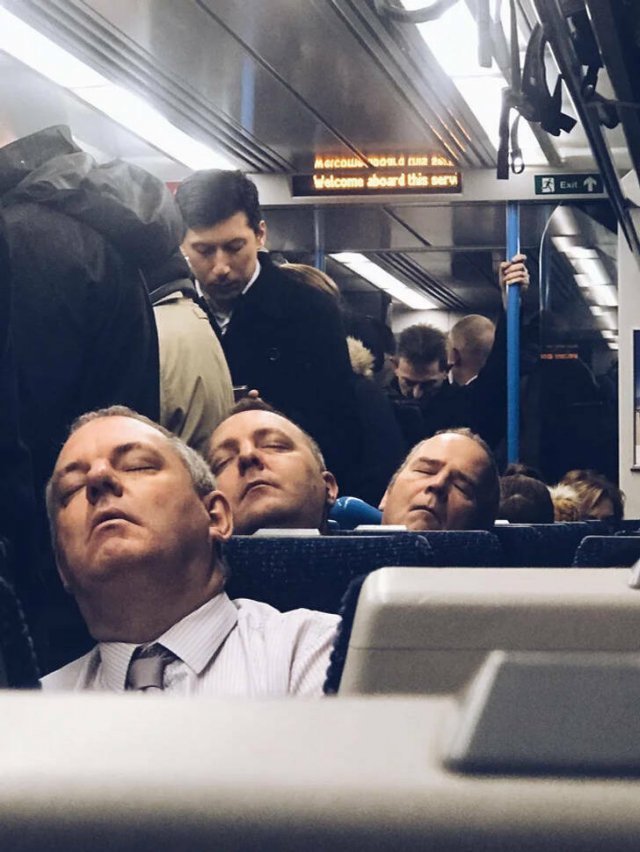
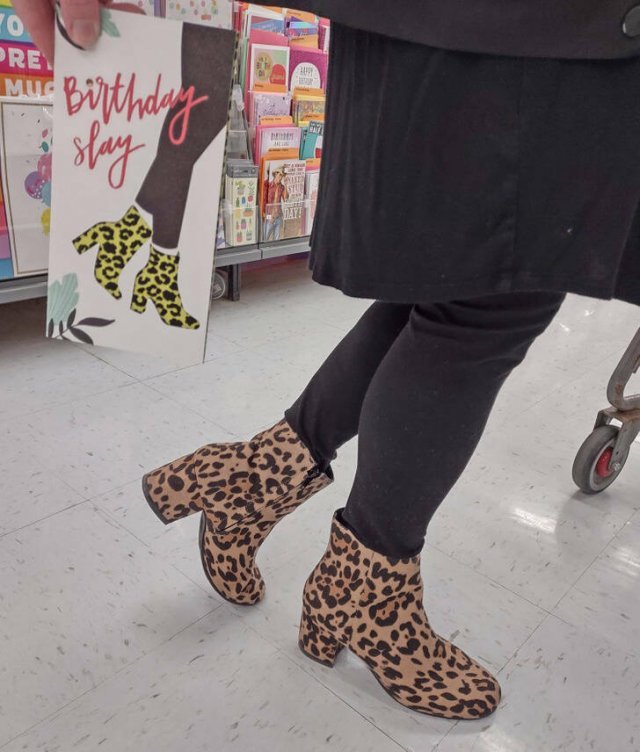
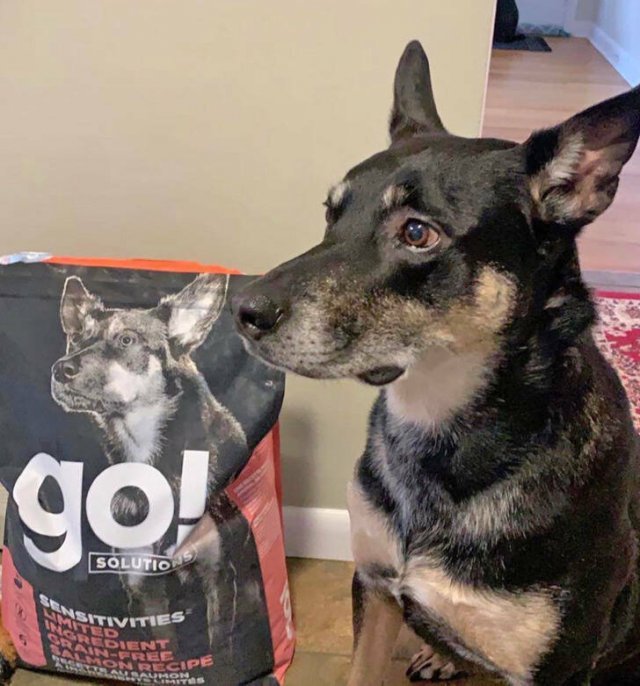

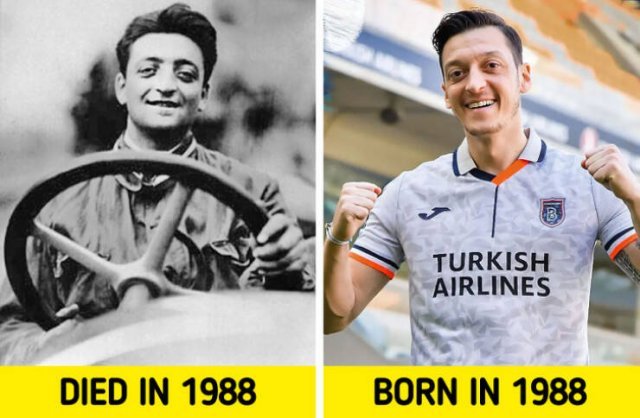
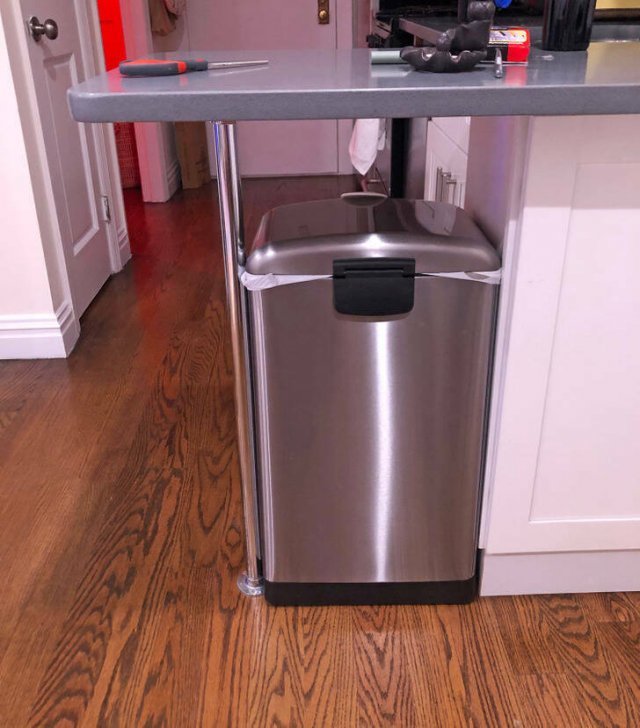
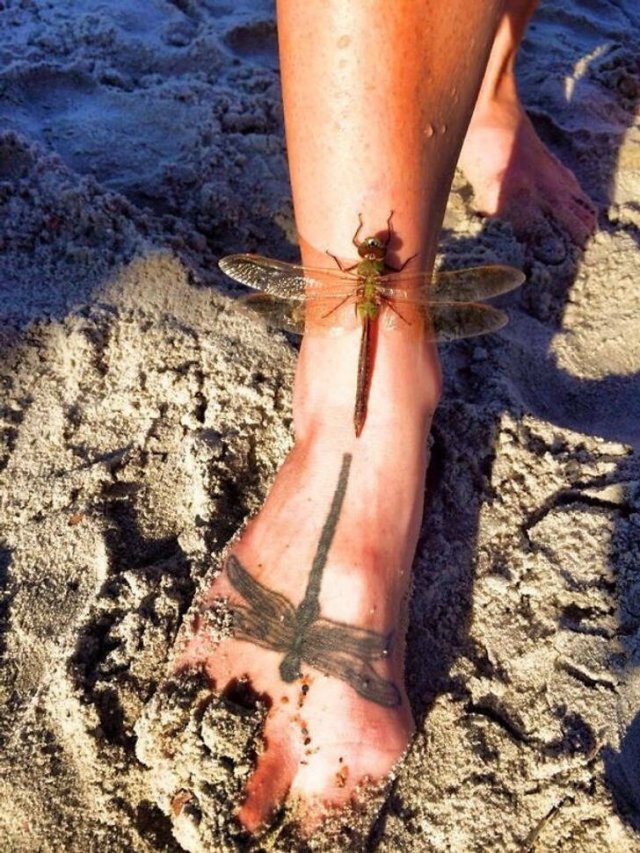
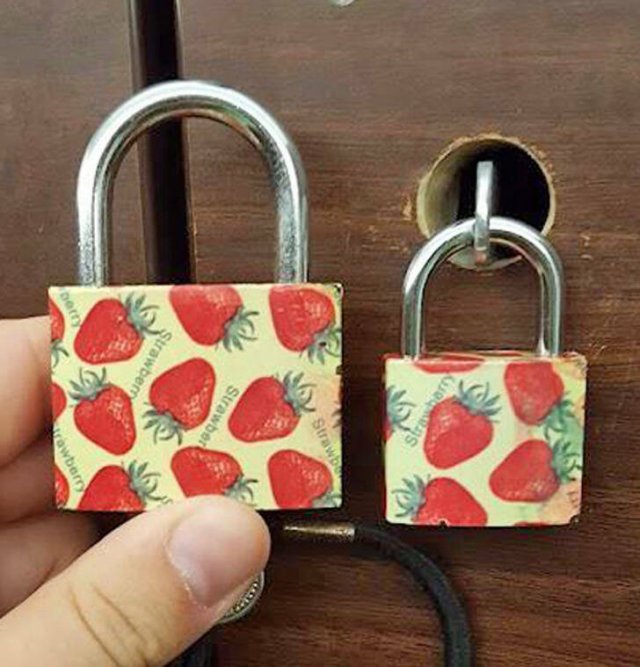
» BEFORE & AFTER...2
» COSPLAY...2
» WEATHER...3
» HISTORY FACTS * How people escaped past the Berlin Wall *
» US TRIVIA QUIZ * Which of these sports was invented by a YMCA teacher? *
» US TRIVIA ANSWER PAGE
» MAY NATIONAL CELEBRATION DAYS MAY 8 2024
» MAY NATIONAL CELEBRATION DAYS MAY 7 2024
» AWE WITTLE PUPPIES BUNNIES & KITTIES...5
» GIRL FISHING...2
» GIRL FISHING
» HISTORY FACTS *Which President was at Lincoln's funeral? *
» MAY NATIONAL CELEBRATION DAYS MAY 6 2024
» AS ETASKI * Etaski just shared: "Eris Book Sale Today Only! My Website Status, etc." *